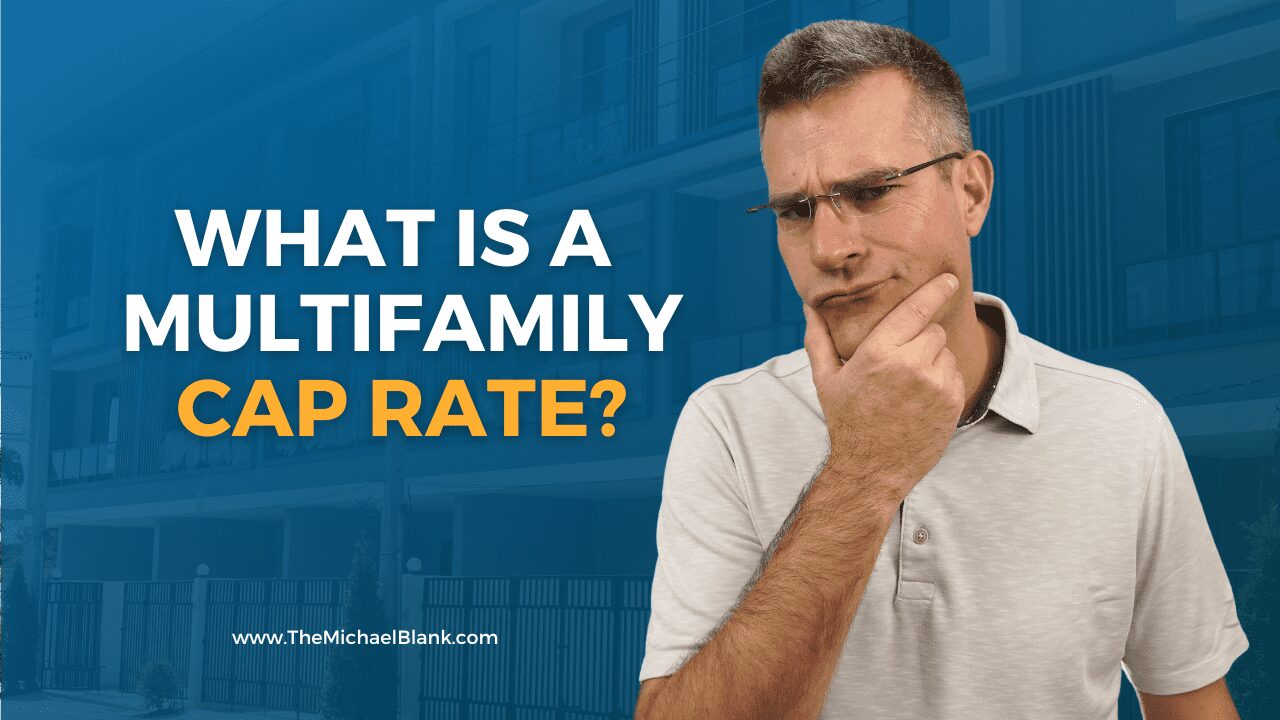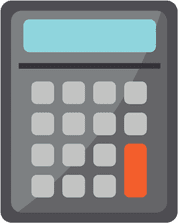What is the Multifamily Cap Rate?
Make sure you download ALL my resources for FREE at this link: https://themichaelblank.com/vault
To answer that question, let's first talk about how commercial real estate is valued, because this where the cap rate comes in play.
Cap rate is short for the capitalization rate, which is a multiplier of income to determine the value of a property.
Commercial real estate is valued based on its income.
If you have one box worth a million dollars and there’s a box just like next door, but it’s valued at 1.5 million, what’s the difference?
Well, the one on the right is more on the right is producing more income than the box on the left.
Our strategy is to look for the boxes on the left that are valued at a million dollars, fix them up, and make them produce income like the boxes on the right.
Now, we can sell the box for a profit, or better yet, do a cash out refinance at the $1.5 million valuation, return the principal back to the investors, and they continue receiving checks…for free.
And we just keep doing it over and over again.
That’s really the idea behind how commercial real estate is valued, and at the heart of that is cap rates. This is the multiplier. Sometimes it’s higher and sometimes it’s lower.
For instance, imagine there’s an ATM machine in the Whole Foods near your house and it’s in a beautiful mixed use property – with bars and restaurants – the owner of the ATM might be willing to put up with a lower return because the machine is not going to get vandalized. People will use it more often, so the owner says, You know, I’m happy with a 7% on that box. It cost me $50,000 to do that.
On the other hand, the same ATM in a less desirable location is going to be willing to spend a lot less for the box because so that the returns are higher, because he has to deal with vandalism and left.
His returns have to be higher to make up for the location.
It’s the same thing with cap rates, it’s just an inverse relationship.
The formula is value or price equals to the net operating income, or the income divided by cap rate. In the words, the lower the cap rate, the higher the price. Similarly, the higher the cap rate, the lower the price
If you see a cap rate of five percent, that means that the investor is wiling to put up with a lower return because it’s an inverse relationship to income. The lower the cap rate, the higher the price. They’re willing to pay more for an asset, probably because it’s in a much better area. It could be a Class A apartment building or office space.
On the other hand, if you’re in the middle of nowhere and maybe it’s a rougher area, maybe it’s a Class D property, then the owner is going to look for a higher return, which means they’re willing to pay lower for that so the cap rate is going to be higher.
Don't get overwhelmed with all the math.
This is the basic formula that’s used all over commercial real estate to value property.
The cap rate is determined by the market and this varies from asset type to asset class, but normally the broker or the appraiser will know what the cap rate is because they know what has sold that is similar in style.
Brokers and appraisers value commercial real estate by dividing the NOI by the prevailing cap rate.
That’s how they get their value.

